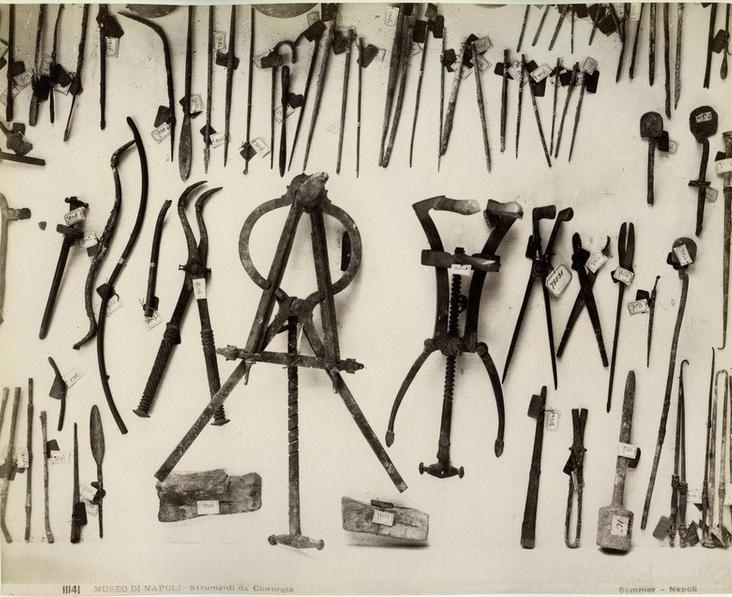
The remains of the Roman theater at Nea Paphos. [PHOTO: cyprus-mail.com]
In ancient times, Nea Paphos was the capital of Cyprus during the island’s Hellenistic and Roman periods. Like any good Hellenistic city, it had an Agora, or marketplace, right at the heart of the city. Archaeologists and researchers have been unearthing Nea Paphos’ Agora piece by piece since 2013, but their newest discoveries are telling us a lot about what life was like in Roman times.
Currently, the site’s being worked on by archaeologists from Jagiellonian University’s Institute of Archaeology in Kraków, Poland. They’ve been working through a filled-in well in the Agora and two rooms labeled Room 15 and Room 16.
“The most surprising finding in the well was a human skeleton, found at a depth of 3.5m,” the antiquities department said. The human skeleton was discovered alongside a wealth of broken pottery that dated to the late Hellenistic period.
The two rooms excavated by Polish archaeologists held a few surprises of their own. In Room 15, archaeologists found two intact glass vessels with a box that also held two intact oil lamps. Just a little ways a way, a few bronze coins were found that originally had belonged to a coin purse.
Coins are immensely useful to archaeologists because they can be easily dated. These were no different. They dated to the first half of the reign of Emperor Hadrian, who ruled from 117 AD to 138 AD. Hadrian was responsible for the famous “Hadrian’s Wall” that separated Roman-ruled Britannia from the northern, Celt-controlled wilds of England and Scotland. The coins gave archaeologists a relative time-stamp for the rest of the artifacts found in situ at the site.
On the floor of Room 16, the Polish archaeologists made another amazing discovery: a toolkit containing a small intact glass lab-type beaker and seven surgical instruments. Six of the instruments were made from bronze, one from iron. The antiquities department believes that these surgical artifacts are analogous to artifacts found in the House of the Surgeon in Pompeii and the ‘ophthalmologists office’ in Lyon. “The glass vessels could also be related to this medical activity,” they said, “suggesting the remains of a surgical office that could have functioned in Rooms 15 and 16. The good state of preservation of all of these impressive finds suggests that the collapsed rooms were probably never rebuilt.”
In 126 AD, historians write that an earthquake struck Cyprus. Analysis of the items found in Rooms 15 and 16 found that they date to this era, leading scholars to believe that they were probably abandoned in the earthquake, which is why we find these tools in such good condition today.
Surgery in Ancient Rome
Surgery, like the kind that was probably conducted in Rooms 15 and 16 in Nea Paphos’ Agora, was fairly sophisticated. Romans knew a fair amount about how the human body worked, conducting dissections and experiments on animals to learn the basics of anatomy. In fact, the Romans were responsible for the establishment of some of the first hospitals.
They used a variety of surgical instruments, including steel or bronze scalpels, sharp and blunt hooks used as probes or to hold tissue and retract the edges of wounds, bone drills, bone forceps, catheters, crushing forceps in order to amputate limbs, and surgical saws.Roman physicians believed diet was essential to healthy living, and that one’s eating habits could make or break their health. They emphasized preventing diseases, rather than treating them. When treatment was necessary, however, they used all sorts of herbal remedies, including aloe, licorice, rhubarb, and fennel.
Later this year, the Polish team will continue their excavations on the Nea Paphos Agora in hopes of learning more about what life was like in the ancient city.


